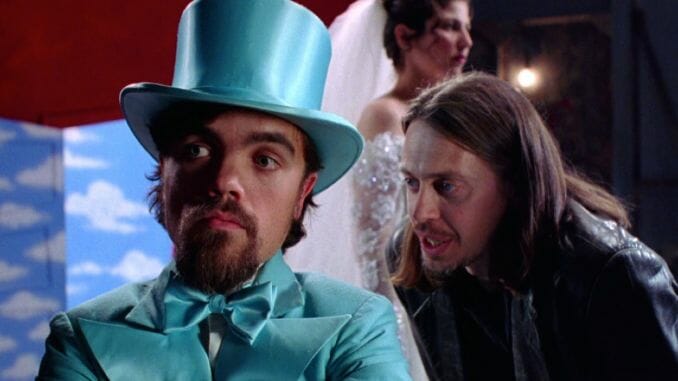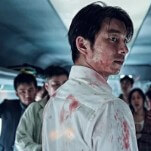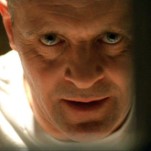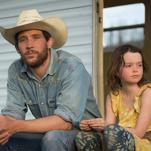Living in Oblivion and the Chaotic Allure of Communal Art

I have never seen the first film I made in film school, the only film that I made in collaboration with others. Ok, “made” is doing a lot of work here—I held the boom mic. After having my film portfolio accepted, and transferring midway through undergrad to the main campus of my alma mater from a satellite campus close to where I lived, I entered my school’s film program proper during my junior year. In the first semester, I took a narrative filmmaking course in which I grouped up with four other classmates. We made what I can only assume was an insufferable film—about a guy in a dingy, frat house basement bar—from a screenplay by a classmate whose name I don’t remember, despite initial interest in the script that I had written, that I strangely urged was ok to be passed over. I don’t know if the production would have necessarily been different if it had been my script instead of this classmate’s, but after production wrapped, I took my finals and went home. I spent the rest of undergrad making films by myself, but making art alone was just as unfulfilling as making art with people I didn’t mesh with. After I graduated, I never touched a camera again.
Since watching Tom DiCillo’s Living in Oblivion for the first time, I’ve learned that a lot of people watched it in film school. It’s made me wonder if my feelings towards film and film production would have changed at all had I happened to do the same—if I’d alter from the path I ultimately took, swearing off the art of filmmaking for the ensuing three years…that is, until I watched Living in Oblivion this May. Making a film I didn’t care about, with people I didn’t know or like, who didn’t share my artistic sensibilities—coupled with my overall negative experience in film school itself—colored my once-rosy, adolescent feelings towards becoming an artist. It’s not entirely the fault of the peers in my program. I am not a blameless, persecuted visionary, and I came to the program at an awkward time when college friendships had already been well established. But I didn’t end up finding any likeminded collaborators once I transferred. I just didn’t “vibe” with the film students there, despite trying to find a place for myself. What’s more, the classes I took didn’t foster my passion towards art, and I graduated disillusioned by what had once inspired me. I’ve been comforted to discover that this experience is not at all unique.
In Living in Oblivion, everything that could go wrong while making art does. And it happens again, and again, and again. And it happens with people who drive you insane, but who are fueled by the impulse to create, just like you. The narrative centers on a harried film crew, including independent film director Nick (Steve Buscemi), cinematographer and camera operator Wolf (Dermot Mulroney), lead actress Nicole (Catherine Keener), first assistant director Wanda (Danielle von Zerneck), the camera assistant (Kevin Corrigan) and a collection of various other team members. The film takes place over the course of three 30-minute segments, the first two of which turn out to be dream sequences, the latter third ostensibly reality (though, it’s truly anyone’s guess). In each, the team strenuously attempts to finish a different take with the odds stacked against them, with not only the scene they’re attempting to film changing between dream segments, but the nature of the relationship between different production members altering as well. It’s not even clear if the same film is being shot across Living in Oblivion, because each of the three scenes in each segment are so wildly dissimilar from the next in both tone and subject matter.
There is a constant in all three segments, though: Production goes horribly awry. Line flubs, visible boom mics, out-of-focus shots, prima donna actors, romantic and sexual entanglements between crew members, blown light bulbs, and a stray mother; all the while, the clock is ticking on their tight schedule. The first dream belongs to Nick, during which an emotional scene between Nicole’s character, Ellen, and her mother, played by a woman named Cora (Rica Stevens), is plagued by a string of minor gaffes. This leads to an unknown beeping noise—eventually revealed to be Nick’s alarm clock—that drives Nick into a rage where he tears up the set. The second dream belongs to Nicole, filming a romantic scene with her egomaniac co-lead, Chad Palomino (James Le Gros), who can’t keep from messing with his cues. Eventually, Chad goes rogue on the blocking altogether, and half of the crew erupts into physical violence by the end of the dream. The third (real?) segment takes place the morning after both Nicole and Nick have woken up from their respective dreams, they themselves filming a dream sequence. But Nicole doesn’t perform how Nick would like her to, Nick’s mother wanders on set from her nursing home and the dwarf in the dream (Peter Dinklage, marvelous in his first acting credit) is obstinate. Meanwhile, Wolf is near inconsolable over a breakup with Wanda, and no one can figure out how to work the fog machine.
One of the most interesting things about Living in Oblivion is that there isn’t a true protagonist or antagonist. The film hones in a little more on the internal lives of Nick and Nicole—the characters who endure the film’s principal dreams—but neither could be described as the film’s main character, in the same way that a film doesn’t really have a single author. The makeup of Living in Oblivion’s world is as communal as the art that its characters are trying to create. Even the guy in charge of lighting Nick’s film has dreams of making his own, offering a script he wrote to the camera assistant, in hopes that the camera assistant will be his director. Meanwhile, the only thing antagonizing the crew is that very desperate desire to finish a film at all. But the chaos on set is just as brilliant as the moments of clarity.
-

-

-

-

-

-

-

-

-

-

-

-

-

-

-

-

-

-

-

-

-

-

-

-

-

-

-

-

-

-

-

-

-

-

-

-

-

-

-

-








































